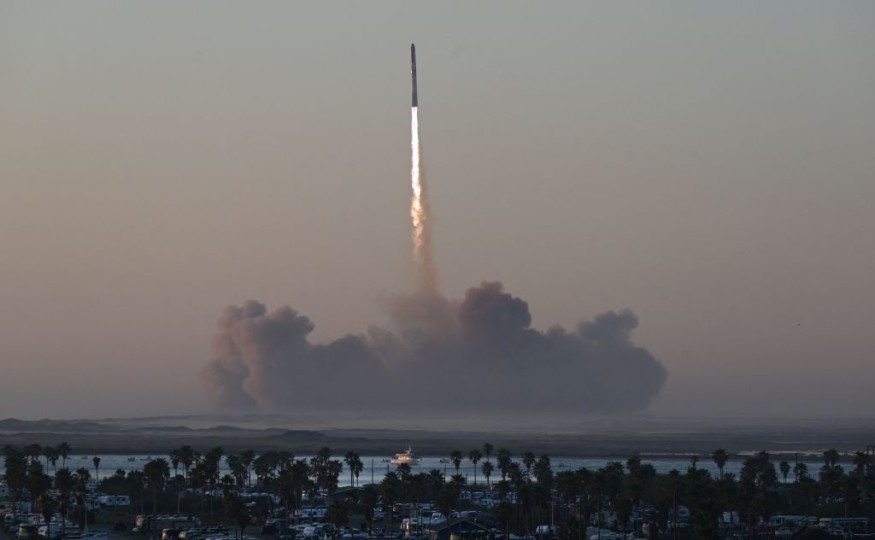
While the 2nd test flight of SpaceX's Starship ended in an explosive climax eight minutes post-liftoff, Elon Musk claims that things could have gone differently if the craft had a payload.
Starship 2nd Flight Test
Compared to its 1st flight test, the massive Starship performed better during its second flight test. This mission was launched from the Starbase site of SpaceX in South Texas on November 18, 2023. It ended roughly eight minutes after launch when the upper-stage of the craft detonated over the Texan sky.
Until this specific point, the vehicle had quite a good performance. SpaceX CEO and founder Elon Musk says that the craft would have gone on a successful journey if this were a typical, operational flight endeavor.
Musk explains in a recent company update that the second flight almost reached orbit. He adds that the explosion was due to liquid oxygen venting, with liquid oxygen left for venting only because there was no satellite hauled back then. He notes that the liquid oxygen would not have been normally there if a payload was present, suggesting that if the craft had a payload, it would have been able to successfully reach orbit.
In 2023, SpaceX completed 96 successful missions, safely flew 12 more astronauts to orbit, launched two flight tests of Starship, and more than doubled the number of people around the world connected by @Starlink.
— SpaceX (@SpaceX) January 12, 2024
Watch @elonmusk deliver a company update: pic.twitter.com/7zeTlQLgp9
ALSO READ: SpaceX Launches Starship Once More; Second Test Flight Ends in Explosive Climax Mid-Flight
SpaceX's Starship
The Starship aims to aid with the settling of humanity on Mars and with other adventurous feats. The craft has a first-stage booster known as the Super Heavy. It also has the Starship upper-stage, which is roughly 50 meters in height. Both of them were developed to be fully and fastly reusable.
To date, the company has conducted two test flights on the craft. The first one happened on April 20, 2023, and ended four minutes post-flight with a maneuvered detonation. This explosion was ordered by SpaceX due to how the craft faced various serious issues, with the most notable one being the separation failure of the two stages.
The second one, which took place last November, was smoother compared to the first one. This has granted Musk optimism regarding missions in the future. He explains further in the recent update that they have a huge shot of orbiting during the third flight test, with a rapid cadence to reach rapid and full reusability.
SpaceX hopes to conduct the third flight test next month, granted if the US Federal Aviation Administration grants them a license in time.
Musk is hopeful that the rapid development would allow operational capability in the near future. He says that by the end of 2024, SpaceX plans to launch its massive and next-gen Starlink satellites aboard Starship.
NASA is also hopeful that the Starship will be running well, as the agency has chosen the craft to be the first crewed lander for its lunar exploration Artemis program. SpaceX's Starship will be bringing astronauts and putting them down to the surface of the moon during the Artemis 3 mission, which NASA hopes to launch by September 2026.
While Starship is already the most powerful and biggest rocket that has ever been constructed, it is currently still a prototype. Musk says that the final and operational version of the craft will have bigger dimensions. He explains that the company is working on a Version 2 of some sort that will have higher reliability, performance, and endurance.
RELATED ARTICLE : Elon Musk Says SpaceX Trillion-Dollar Starship Can Bring 250 Tons of Payload to Orbit; How About Reusable Rockets?
Check out more news and information on Space in Science Times.










